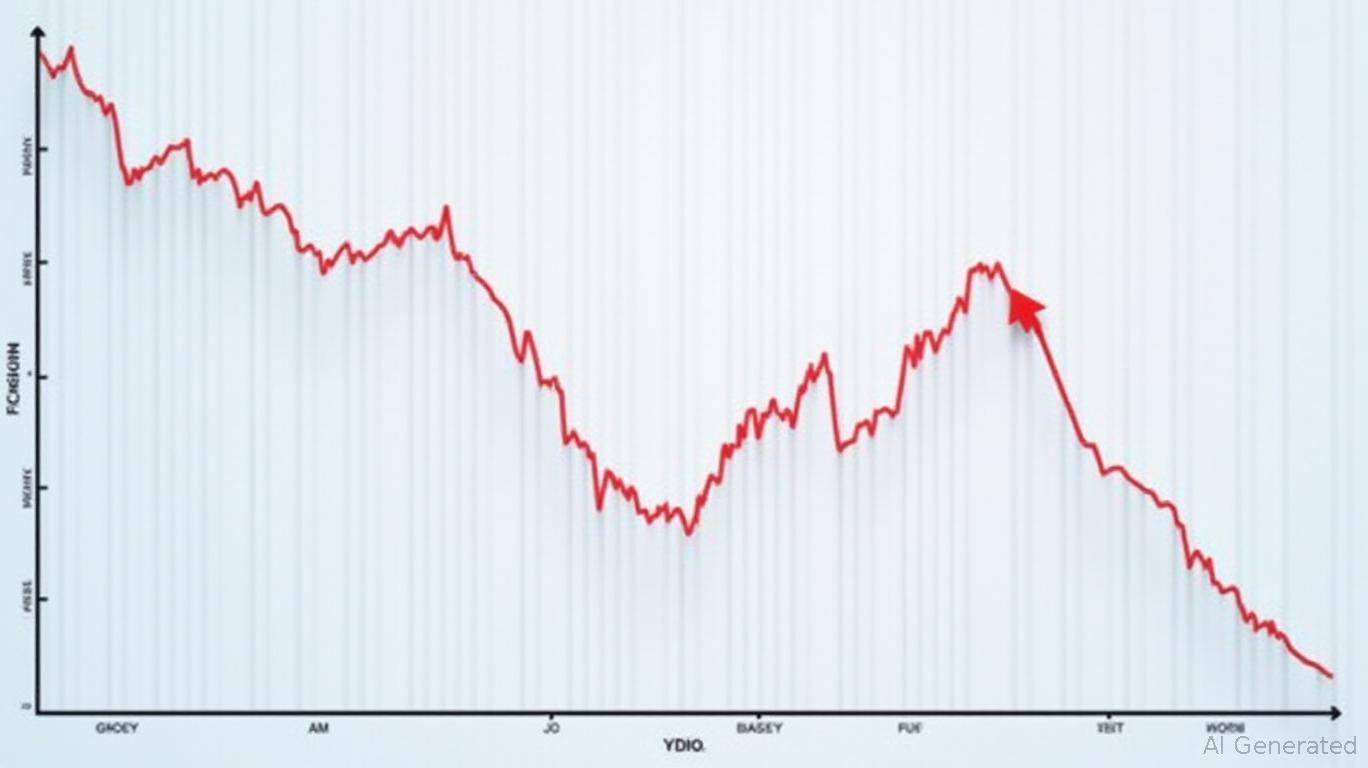US Equity Markets Soar on Modest Payrolls Data: A Resilient Labor Market or a False Dawn?
The April 2025 U.S. nonfarm payrolls report delivered a mixed bag of data, yet equity markets reacted with enthusiasm, pushing stock index futures higher. While job creation came in above expectations, wage growth softened, and sectoral trends hinted at both resilience and underlying vulnerabilities. Here’s what investors should parse from the numbers—and what risks may linger beneath the surface.

The Immediate Market Uptick: Why Stocks Responded Positively
The U.S. Labor Department reported 177,000 new nonfarm jobs in April, narrowly exceeding the 133,000 consensus estimate. This, alongside an unchanged 4.2% unemployment rate—a 16-month low—suggested the labor market remains sturdy despite broader economic headwinds.
Investors interpreted the data as evidence that the Federal Reserve’s pause on rate hikes since early 2025 has stabilized demand. The report also alleviated fears of a sudden slowdown, with sectors like healthcare (+51,000 jobs) and transportation (+29,000) driving growth.
Beneath the Surface: Three Key Concerns
While the headline numbers were bullish, deeper analysis reveals reasons for caution:
Wage Growth Slows, Inflation Risks Mitigated—but for How Long?
Average hourly earnings rose just 0.2% month-on-month (to $36.06), below the 0.3% forecast, with annual growth slipping to 3.8%. This moderation eases inflation pressures, but it also signals stagnant purchasing power. For households and businesses alike, this could crimp future spending—a critical factor for equity valuations.Federal Job Cuts and Long-Term Unemployment
Federal employment dropped by 9,000 in April, part of a 26,000-job reduction since January. While these cuts reflect policy choices (e.g., Elon Musk’s “efficiency” initiatives in government), they highlight structural shifts. Meanwhile, long-term unemployment (≥27 weeks) surged by 179,000 to 1.7 million, underscoring persistent labor market mismatches.Trade Policy Uncertainties Looming
The report predated the full impact of President Trump’s 2025 tariffs, which have yet to disrupt supply chains or hiring. Analysts warn that May or June data may show strain, particularly in manufacturing (which shed 1,000 jobs in April).
Sectoral Winners and Losers: Where to Invest?
The data underscores sectoral divergence:
Healthcare and Financials: Steady as She Goes
Healthcare added 51,000 jobs, driven by hospitals and ambulatory care—a positive sign for insurers and providers like UnitedHealth Group (UNH) and Humana (HUM). Financials (+14,000 jobs) also expanded, benefiting firms like JPMorgan (JPM) and Goldman Sachs (GS), which have thrived in low-rate environments.Transportation: A Rebound Story?
Transportation and warehousing jobs rose 29,000—reversing March’s flat growth. This bodes well for logistics companies (e.g., FedEx (FDX), UPS (UPS)) and air carriers like Delta (DAL) and Southwest (LUV), though trade tensions could disrupt this trend.Federal Contractors: Beware the Trim
The 26,000-job federal cut since January likely impacts contractors like Boeing (BA) or Lockheed Martin (LMT). Investors in these sectors should monitor future payroll reports for further downsizing.
The Fed’s Tightrope: Policy Implications
The report leaves the Fed in a quandary. While the 4.2% unemployment rate suggests a healthy labor market, softer wage growth and tariff risks may push policymakers toward a “wait-and-see” stance. Fed Funds futures now price in a 60% chance of a rate cut by July 2025—a shift from pre-report expectations—highlighting the data’s market-moving influence.
Conclusion: A Fragile Optimism
The April payrolls data has fueled a near-term rally in U.S. equities, but investors must balance this optimism against structural risks. The labor market’s resilience in healthcare and finance is undeniable, yet wage stagnation, federal austerity, and trade uncertainties cloud the outlook.
Key takeaways for investors:
- Sector Rotation: Shift toward defensive sectors like healthcare and utilities (XLU), which are less exposed to trade wars.
- Tech Caution: While NASDAQ’s gains are buoyed by labor stability, slowing wage growth could eventually dampen consumer tech spending.
- Monitor Tariffs: May’s data will test whether trade policies are biting. A jobs slowdown there could trigger a market correction.
The April report is a snapshot of a labor market clinging to moderation—stable enough to support equities but fragile enough to demand vigilance. For now, the rally holds, but the path ahead remains narrow.


_442a2dcc1749832873286.jpeg)
_e68fac6d1749831664430.jpeg)






